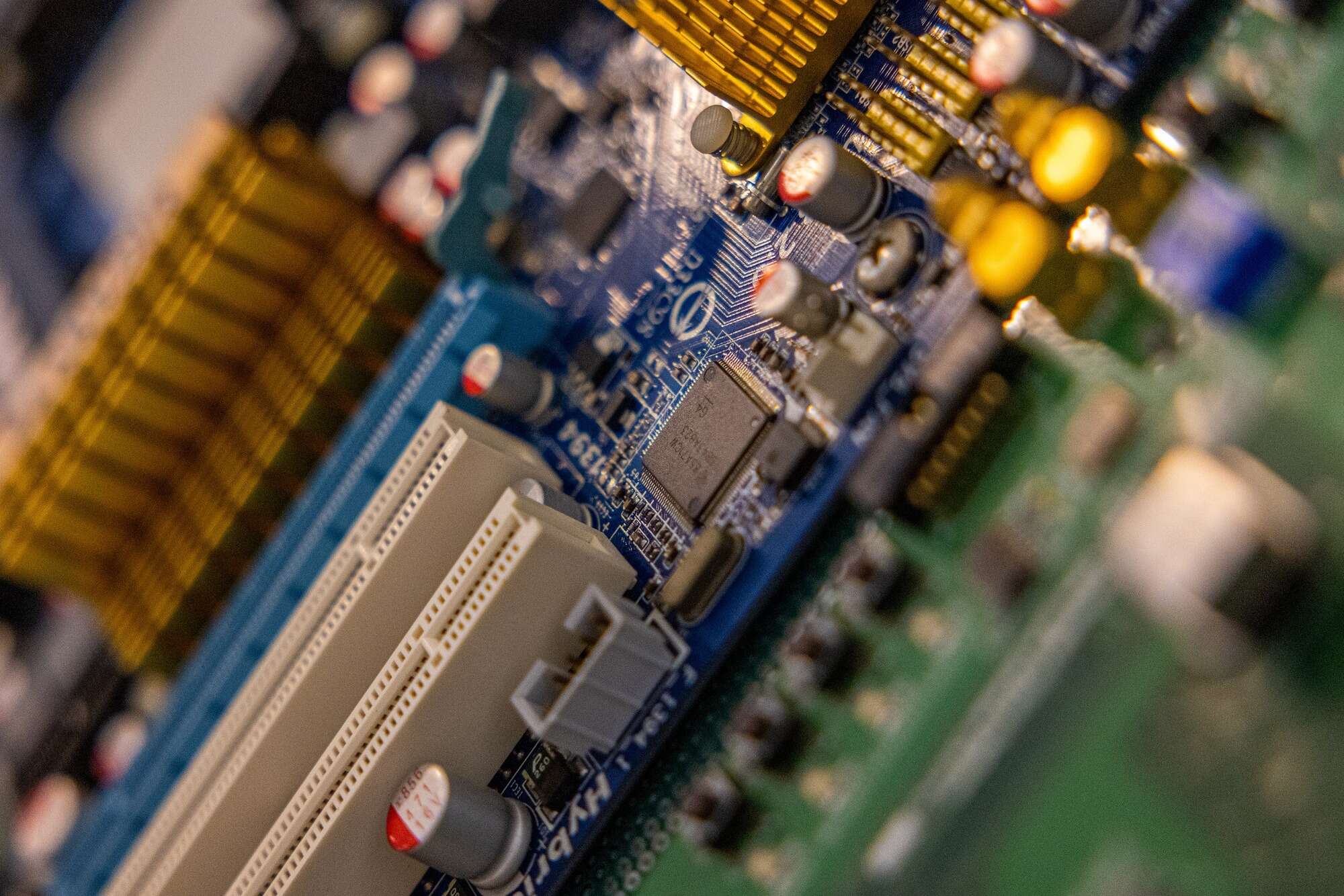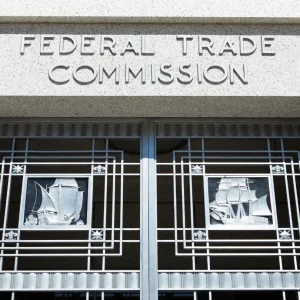
Ernie Bot, China’s first major answer to ChatGPT, came to life in March. At its launch, Robin Li, CEO of the chatbot’s creator Baidu, conceded that Ernie Bot was imperfect but, nevertheless, excelled on tasks specifically related to Chinese culture. Tests by Reuters seemed to affirm Li’s claim, finding that the chatbot could adeptly craft poetry in the traditional styles of the Tang Dynasty. It also found that Ernie, in keeping with China’s rigid system of political censorship, would decline to answer questions about Chinese President Xi Jinping or the government’s crackdown on pro-democracy demonstrations in Beijing’s Tiananmen Square in 1989.
Baidu’s Ernie Bot was quickly followed by rival efforts from companies ranging from online marketplace Alibaba to surveillance firm SenseTime, all keen to build their own homegrown LLMs. China wants to become a world-leader in Generative AI through cutting-edge products that reflect ‘core socialist values.’ To do so, they’ll need immense computing power — the kind that’s fuelled by the world’s most-advanced semiconductors, often dubbed ‘AI chips.’ These devices have become a major focal point of the technological Cold War that’s brewing between the US and China, with Biden’s administration imposing export controls intended to starve China of the most high-powered chips produced by market leaders based in the US.
Washington is worried that China’s People’s Liberation Army could use emerging technologies, including AI-powered autonomous weaponry, to match or even surpass the strength of its own armed forces. Consequently, US strategy is largely geared toward preserving or enhancing its own market share in the advanced semiconductor market, as well as those of its allies. But its own chipmakers aren’t too happy. They don’t want to miss out on the sizable Chinese market — the very country that still holds the key to some of their own supply chains.
As such, Nvidia and Intel have started promoting special ‘China-safe’ versions of their products, aiming to retain as much market share in the country as possible without violating any sanctions. The goalposts, however, seem to keep shifting. Just last week, Biden signed a new executive order, to be implemented next year, restricting investment in advanced semiconductor technologies in China — a move the US allies might look to follow. And there are even reports that fresh export restrictions could cut out some of the most popular ‘China-safe’ models currently in circulation.
Chipmakers like Nvidia and Intel have — at least so far — managed to keep side-stepping these sanctions. Even flogging semiconductors to China with markedly lower functionality to that in the West continues to preserve their market share in the former, explains Gaurav Gupta, a semiconductor industry analyst at Gartner. “They are coming up — in simple terms — with weaker versions of these chips, basically with slower data transfer rates which comply, [as of] now, with the export controls and restrictions,” says Gupta. “And China is placing very big orders.”

China AI anxieties
The US has been in economic conflict with China since 2018, with each imposing tariffs and trade barriers on each others’ technological exports. These restrictions did not hit the high-end semiconductor market in a major way until August 2022, however, when tensions between Washington and Beijing over the future of Taiwan saw the US Department of Commerce ban Nvidia from selling its two highest-powered chips, the A100 and the H100, to customers in China. Nvidia said officials had told the firm that these new restrictions ‘will address the risk that products may be used in, or diverted to, a ‘military end use’ or ‘military end user’ in China.’
In October, the Biden administration went even further by releasing a sweeping set of export controls designed to freeze China’s semiconductor industry and impede its advances in AI. Under this framework, US-based chipmakers are currently barred from exporting any processors with an interconnect speed exceeding 600 GB/s to China. That includes both Nvidia’s A100 and H100, as well as AMD’s MI250 and its new edition MI300.
In response, Nvidia quickly started work on developing alternative products to comply with the restrictions without losing highly-profitable business. China, after all, remains a very large market for the chip giant, accounting for 21% of its $26.97bn revenue in 2022 (for Intel, it was 27%). “They cannot just walk away from that business,” says Gupta.
By November, Nvidia had developed the A800, a slightly slower and weaker version of the A100 designed to meet the export restrictions imposed by the US Department of Commerce. In March 2023, Nvidia announced that it had also developed a restriction-friendly version, called the H800, of its newer H100 — its fastest and most-powerful offering. The H800 has as much computing power at some settings used in AI-related work as the standard H100, but its chip-to-chip speeds are limited in compliance with the export controls, reported Reuters.
These devices have proven popular among Chinese firms eager to enhance their AI capabilities, with Baidu, ByteDance, Tencent and Alibaba all sending orders to Nvidia worth a combined $5bn. That sum will include about 100,000 A800 processors — priced at around $15,000 per unit — to be delivered by the end of 2023. The immense orders have been spurred, in part, by fears, on both sides of the transaction, that the US could be mulling even more stringent export restrictions in the near future.
“While the data transfer rate of the A800 may be lower, it is a highly desirable alternative for the Chinese market,” says Hanna Dohmen, a research analyst at Georgetown’s Center for Security and Emerging Technology (CSET). “What companies like Nvidia have done is perfectly legal — they are complying with export controls, not evading or circumventing them.”
Nvidia’s rivals don’t want to miss out on the Chinese market either. In July, Intel executives promoted the company’s export-compliant Gaudi2 semiconductor to a packed press conference in Beijing, announcing that it would help its mainland Chinese clients to “deploy AI through cloud and smart-edge technologies, helping build up China’s AI future,” according to the South China Morning Post. It’s hoping that China’s quest to obtain cutting-edge chips will offer a lucrative market, especially given that Gaudi2 has struggled to achieve an uptake comparable to Nvidia’s most-advanced models in the US and Europe.
AMD is also keen to get in on the action. On August 1, CEO Lisa Su said that the company planned to ramp up production of its MI300 chip, which it hopes will compete with Nvidia’s H100s. While these AI chips exceed the performance limits imposed by the US Department of Commerce, Su told analysts that AMD was considering following in Nvidia’s footsteps by releasing a less powerful version of the MI300. “Our plan is to, of course, be fully compliant with U.S. export controls,” Su recently told a conference call with industry analysts. “But we do believe there’s an opportunity to develop product(s) for our customer set in China that is looking for AI solutions, and we’ll continue to work in that direction.”

Semiconductor stresses
Even though they’re managing, in part, to develop export-compliant alternatives for China, industry leaders remain pretty anxious about any further export curbs. At the Aspen Security Forum in July, Intel’s CEO Pat Gelsinger warned that US policymakers risked killing innovation across the chipmaking sector if they continued to ratchet up sanctions against China which, he mentioned by-the-by, constituted almost a third of the firm’s total exports. “If I have 25% or 30% less market, I need to build less factories,” said Gelsinger. “You can’t walk away from 25% to 30% and the fastest-growing market in the world and expect that you remain funding the R&D and the manufacturing cycle.”
The US Semiconductor Industry Association (SIA) also entered the fray in July, warning that trade restrictions could impede, even subvert, the progress of the 2022 CHIPS and Science Act, which offers subsidies to help stimulate the nation’s domestic semiconductor industry. ‘Allowing the industry to have continued access to the China market, the world’s largest commercial market for commodity semiconductors, is important to avoid undermining the positive impact of this effort,’ reads SIA’s statement, which was issued following reports that the US was mulling further export controls.
Companies like Nvidia can, of course, keep on altering their chips to comply with fresh sanctions. Even so, explains Gupta, designing a new semiconductor is a complicated process that can take several months of meticulous and pricey forward planning on the part of chipmakers — an off-putting premise for even the wealthiest firms in the sector, should sanctions remain in flux. “If the U.S. government moves forward with tightening the thresholds, it will be important for the Department of Commerce to avoid signalling to companies that the thresholds are a moving target,” adds Dohmen. Otherwise, she warns, the US risks undercutting the nascent successes of its own path towards chipmaking independence.
This isn’t the end of the saga — despite pleas from the likes of SIA. In June, the Wall Street Journal reported that the US is mulling further and broader restrictions, including an escalated move to include Nvidia’s remodelled A800 in its export ban. It might also move to limit Chinese firms’ access to cloud-computing services, which could stop Amazon Web Services and Microsoft from leasing their services — which are often powered by the kinds of chips it’s trying to restrict — to clients in China.
Then, just last week, came the executive order from the Biden administration barring US venture capital and private equity investments in Chinese companies involved in semiconductors and microelectronics, quantum, and AI. Could Nvidia and others be running out of road in trying to preserve market share in China? The outlook isn’t looking bright, argues Gupta. “I don’t know,” he says, “if there’s a good solution to this.”






